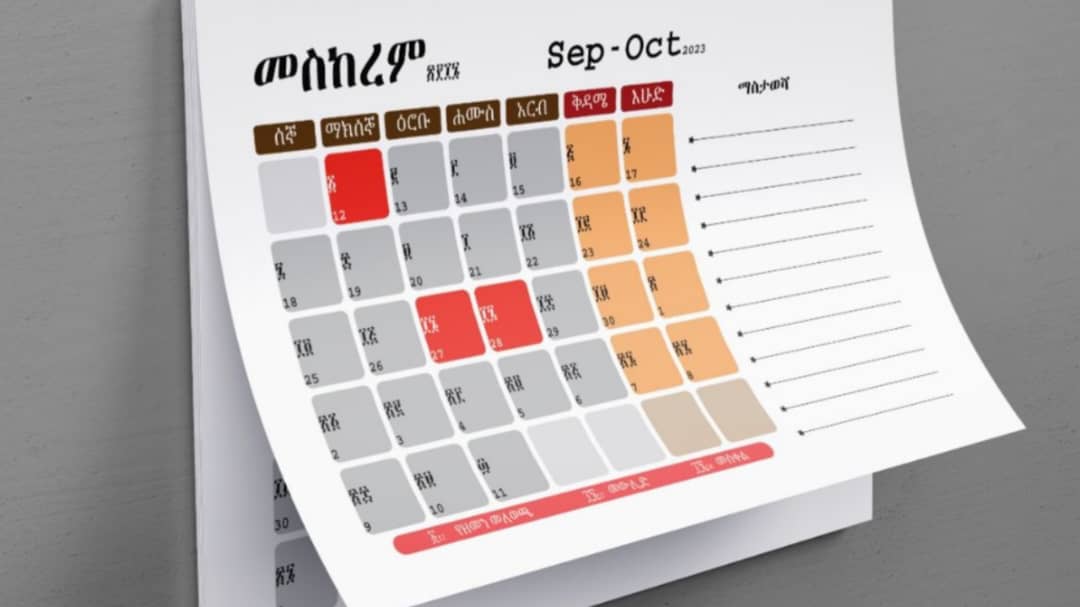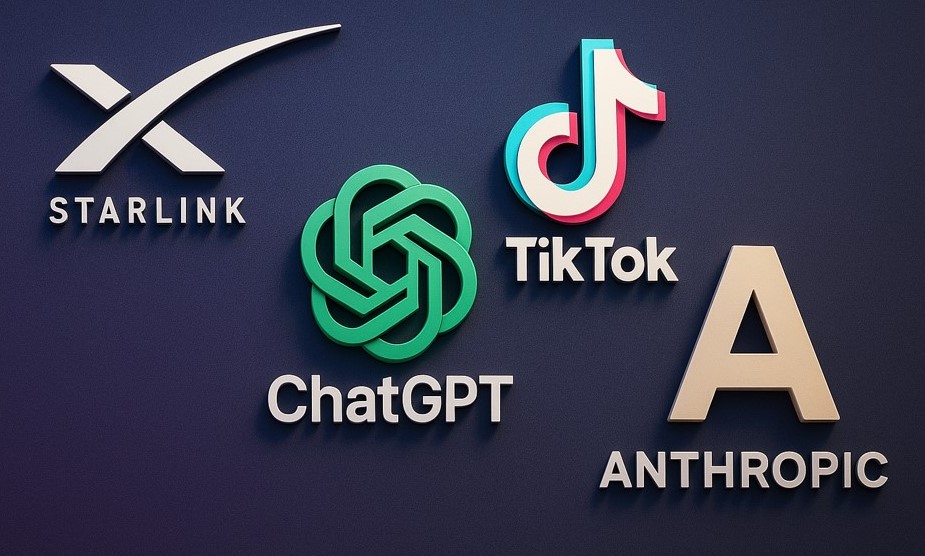Starlink's African Domination: Is it a Digital Divide Disaster?

Starlink, the satellite internet service offered by SpaceX, is fundamentally reshaping broadband access across Sub-Saharan Africa (SSA), as detailed in a recent Ookla report released on May 13, 2025. This report, titled “Connecting Africa: The Performance and Impact of Starlink’s Satellite Internet,” provides a comprehensive overview of Starlink's performance during the first quarter of 2025. It underscores the service’s remarkable capability to deliver high-speed internet to both remote rural and densely populated urban areas, frequently outperforming conventional terrestrial internet service providers (ISPs).
According to the Ookla report, Starlink consistently achieved median download speeds exceeding 40 Mbps across the majority of SSA countries where it operates, significantly surpassing local terrestrial networks. Notably, users in countries such as Botswana, Eswatini, Rwanda, Burundi, Sierra Leone, Mozambique, and Ghana experienced impressive median download speeds of approximately 75 Mbps or higher. These speeds, often more than double those offered by terrestrial networks, present a vital and reliable alternative for consumers who have been hindered by inconsistent or slow internet connections. In regions where traditional broadband infrastructure is largely absent, Starlink emerges as a crucial enabler for bridging the existing digital divide.
While Starlink's performance is generally strong, there were variations in certain key markets. In Nigeria, Zimbabwe, South Sudan, Kenya, and Madagascar, median download speeds were recorded below 50 Mbps. This reduction in speed is primarily attributed to capacity constraints and Starlink’s strategic decision to temporarily pause new sign-ups in specific areas to effectively manage network demand. Despite these lower figures, Starlink’s service continued to outperform local ISPs, highlighting the significant deficiencies in terrestrial infrastructure within these regions. For instance, in Nigeria, where internet penetration is limited outside major urban centers, Starlink has become a transformative solution for both businesses and households by providing consistent broadband connectivity.
Latency, a critical factor for real-time applications such as video conferencing and online gaming, traditionally poses a challenge for satellite internet when compared to fibre or mobile networks. However, Starlink has made considerable advancements in this area, particularly across East Africa. The Ookla report indicates that in Q1 2025, Kenya achieved a median latency of 53 ms, Nigeria 60 ms, and Rwanda 67 ms. These improvements are largely due to the strategic deployment of local Points of Presence (PoPs), which function as ground-based internet gateways. Nigeria and Kenya are already host to such PoPs, with a new facility launched in Nairobi in January 2025 further reducing data travel times. By strategically locating PoPs near high-speed fibre networks, Starlink is actively closing the latency gap, making its service more competitive and appealing to urban users.
Upload speeds have also seen substantial enhancements, particularly in East Africa. Kenya’s median upload speed more than doubled to 14.85 Mbps, while Rwanda, Malawi, and Zambia experienced increases exceeding 60%. Other countries, including Madagascar and Mozambique, recorded gains ranging from 25% to 59%. These improvements are vital for users who frequently upload large files, participate in video conferences, or manage cloud-based businesses, thereby broadening Starlink’s appeal across a diverse array of use cases.
Starlink's technical superiority is rooted in its utilization of Low Earth Orbit (LEO) satellites. These satellites orbit significantly closer to Earth compared to traditional geostationary (GEO) or medium Earth orbit (MEO) satellites. This proximity substantially reduces the signal travel distance, resulting in lower latency and faster speeds. When combined with the strategic deployment of PoPs, this advanced technology enables Starlink to deliver performance that often rivals or surpasses terrestrial networks across many SSA countries. The broader implications of Starlink’s expansion are particularly evident in markets like Nigeria and Kenya, where it has not only increased fixed broadband access but also stimulated increased competition among internet service providers.
In rural areas, Starlink is actively bridging the connectivity gap, empowering communities with access to essential digital tools that were previously out of reach. However, despite these significant advancements, several challenges persist. Regulatory hurdles vary widely across SSA countries, with some governments imposing restrictive regulations on satellite internet providers. Furthermore, the cost of Starlink’s service, while competitive in certain markets, remains a substantial financial barrier for low-income households. The Ookla report also emphasizes that scaling satellite internet to meet the ever-growing demand necessitates meticulous management of network capacity to prevent any degradation in performance.
Sub-Saharan Africa continues to face formidable challenges in achieving widespread internet connectivity, which Starlink’s expansion is helping to mitigate but cannot fully resolve. Industry analyses, including insights from the Ookla report, reveal that the region has some of the lowest internet penetration rates globally, with only an estimated 29% of the population currently online. The primary obstacle is the severe lack of terrestrial infrastructure, such as fibre-optic cables and mobile towers, especially prevalent in rural and remote areas where over 60% of SSA’s population resides. The construction of such infrastructure is both costly and logistically complex, exacerbated by vast distances, challenging terrain, and political instability in various regions.
Economic barriers further compound the problem. The high costs associated with internet services and devices remain prohibitive for many households, particularly given that a significant portion of the population lives below the poverty line. Even in areas where connectivity exists, service quality is frequently subpar, characterized by frequent outages and slow speeds that plague terrestrial networks. Regulatory challenges also play a role, as some SSA governments impose stringent licensing requirements or high taxes on telecom providers, thereby discouraging crucial investment. Moreover, inconsistent electricity access in rural – and some urban – areas within Sub-Saharan Africa complicates the use of internet-enabled devices, thereby limiting the full impact of services like Starlink, which rely on powered equipment. These systemic issues underscore the complex nature of closing SSA’s digital divide, even as satellite internet offers a promising and impactful solution.
You may also like...
Cinema Sensitivity and the Nigerian Reality: Why The Herd Divides Viewers

A commentary on the controversy surrounding the Nigerian film “The Herd,” examining calls for its ban over alleged ethni...
The Ancient African Calendar That Existed Before the Gregorian Calendar

Have you heard about the Ethiopian calendar? its astonishing accuracy and scientific brilliance, it is an ancient Afric...
Do Africans Abroad Owe the Continent Anything?

Do Africans abroad owe the continent and those back home anything? A bold and reflective social commentary exploring whe...
African Giants Secure World Para Championships Berth!
)
Nigeria and Egypt emerged as the dominant forces at the 2025 ITTF-Africa Para Championships in Giza, securing multiple g...
NBA Showdown Explodes: Suggs Ejected, Five Technicals in Fiery Magic-Sixers Clash!

Orlando Magic's Jalen Suggs was ejected from a game against the Philadelphia 76ers after a heated altercation involving ...
HBO Max Unlocks ‘Chespirito’ Universe with New Series, Teases ‘Like Water for Chocolate’ Season 2

HBO Max Latin America unveils a robust 2026 content slate, building on past successes with new series inspired by Chespi...
Apple TV Blasted! Major Thriller Series Pulled Days Before Premiere Over Plagiarism Scandal

Apple TV+ has abruptly removed its upcoming French thriller, <em>The Hunt</em> (Traqués), from its December lineup due t...
Summer Walker Dominates: R&B Queen Achieves Historic No. 1 Album Trilogy

Summer Walker's new album, "Finally Over It," has debuted at No. 1 on Billboard’s Top R&B/Hip-Hop Albums chart, achievin...



